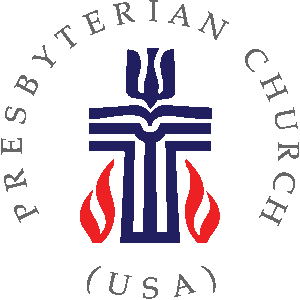The Apostolic Church
Some time prior to Jesus’ crucifixion, he was having dialogue with the Disciples. Matthew 16 gives an account of the confession of Simon Peter and Jesus response (from the NIV):
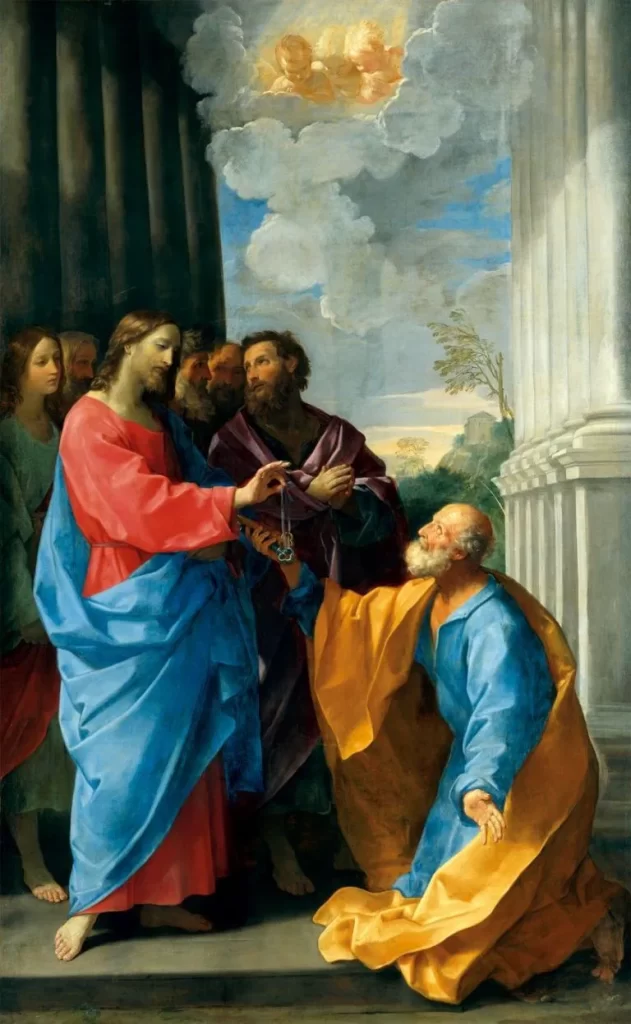
This simple confession of Peter is foundational to the Church. In the New Testament, Acts 2 gives an account of the formation of the Church by the gift of the Holy Spirit.
The early Church was not without disputes and disagreements. In Acts 15, an account of the Council of Jerusalem whereby disputes about circumcision and food restrictions were resolved. The Apostles and their partners in the faith continued with their proclamation of the Gospel to the pagan Greco-Roman world in spite of resistance and hostility encountered along the way.
The Early Church Fathers
The period from roughly 100-500 A.D. is also the age of the great “Early Church Fathers,” sometime referred to as the “Patristic Age.” Paganism was still dominant. Great theologians and apologists (defenders of the faith) flourished, sometimes in the face of persecution: Clement of Alexandria, Tertullian of Carthage, Irenaeus of Lyon, Ambrose of Milan, Jerome (the Vulgate), John Chrysostom, Cyprian of Carthage, Augustine of Hippo, Lactantius, and many others. In the centuries immediately following the Apostolic Age, those contending for the faith often encountered hostility from the Roman government; many believers suffered martyrdom, among those martyred were Polycarp, Bishop of Smyrna and Ignatius, Bishop of Antioch. There were also beliefs contrary to the apostolic teachings that were circulating among believers (especially various forms of Gnosticism). These obstacles, however, did not stop the spreading of the Gospel message throughout the Greco-Roman world and beyond.
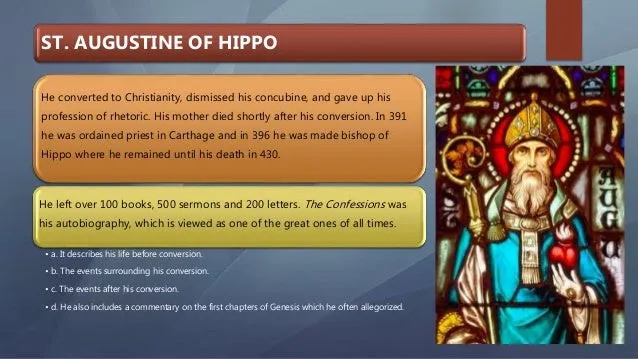
The Church and the Roman Empire
The policy of the Roman government regarding the Church varied over time and place. It was in the cities where the greatest opportunity for evangelism existed but also the greatest opportunity to be persecuted and martyred. Most of the persecutions were local and relatively short-lived. Emperor Diocletian, who preceded Constantine, decreed a severe, general persecution during his reign.
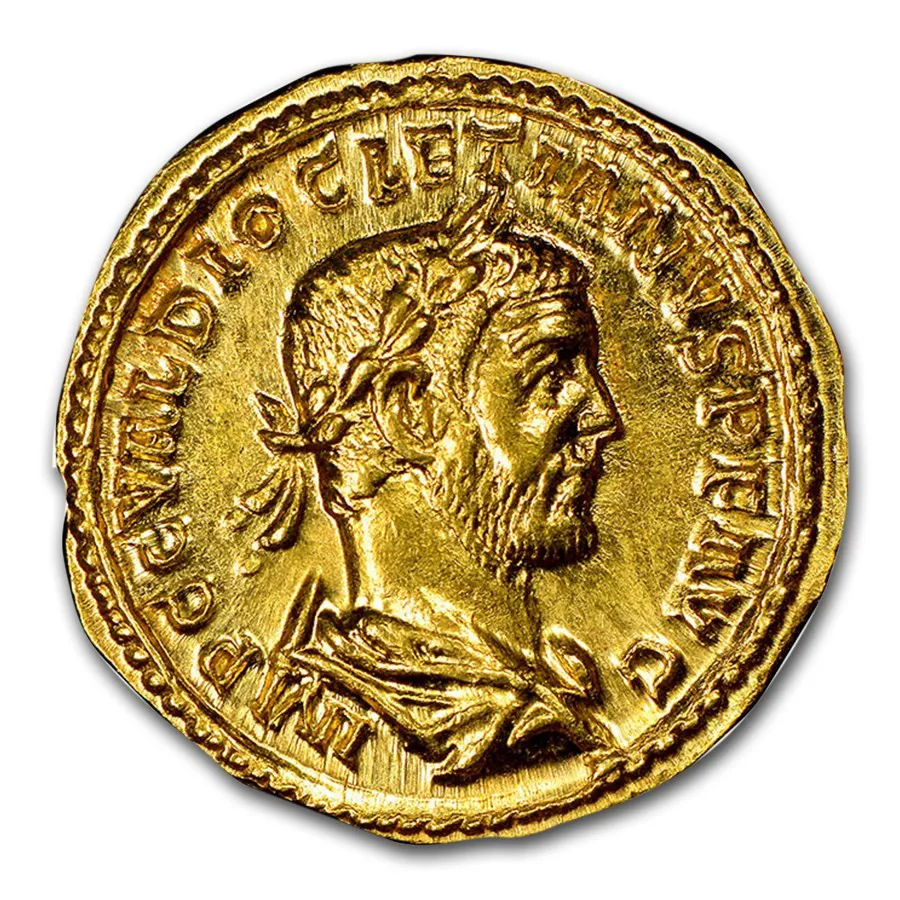
Legal Status Within the Roman Empire
It was under the rule of Emperor Constantine I, co-emperor from 306- 324 A.D., sole emperor from 324-337 A.D.) that the Christian faith gained legal status within the empire (Edict of Milan, 313 A.D.) and became favored by the emperor.
It was Constantine who called for the church Council to meet in Nicaea to resolve theological disputes over the nature of Christ’s divinity. and other church officials gathered together from all over the Empire came to Nicaea and joined in the de- bate. The “First Council of Nicaea” in 325 A.D. produced what is known today as the Nicene Creed. In 381 A.D., it was amended at the Council of Constantinople.
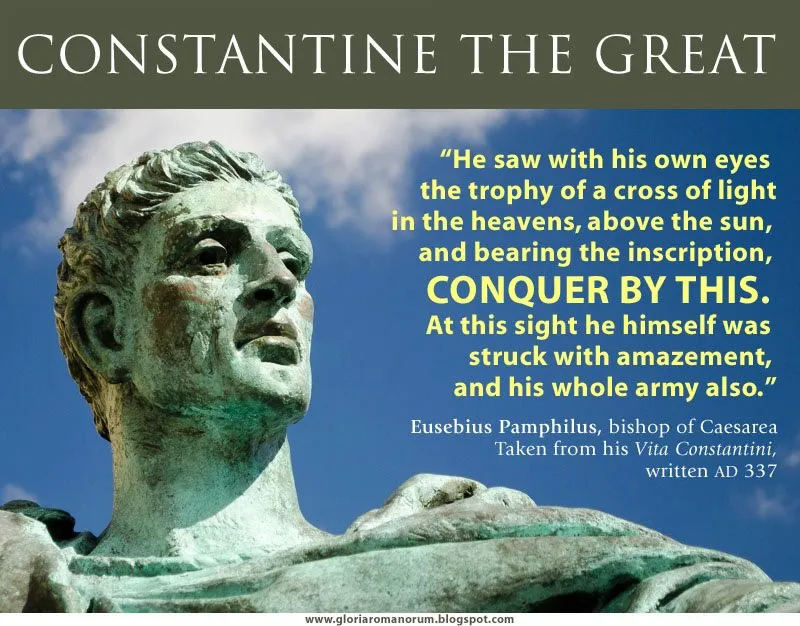
Council of Constantinople of 381
It was the Emperor Theodosius I of the late 4th century who established the Chris- tian faith as the religion of the Roman Empire. He presided over the Council of Constantinople of 381 and declared the revised Nicene Creed as the universal norm for orthodox belief and vigorously sup- pressed paganism and Arianism. The amended form is also referred to as the Nicene Creed, but sometimes is referred to as the Niceno-Constantinopolitan Creed.

The Medieval Church
The Status of the Bishop of Rome
Eventually, the Bishop of Rome claimed to hold authority over all the Church. At some point, the Bishops of Rome took the title of Pope. Another title adopted by the Bishop of Rome during this time of political chaos is Pontifex Maximus, a title formerly used by Roman Emperors.
Fall of the Roman Empire in the West
After the collapse of Roman authority in the West, the Roman Empire in the East continued for another thou- sand years with its capital at Constantinople, the city of Constantine. Modern historians refer to it as the Byzantine Empire to distinguish its Greek- speaking, eastward-looking character from the Latin and barbarian West.
These Middle Ages were, among other things, a time of general ignorance, constant violence and warfare, brutality, greed, and corruption. Life was hard for all, but especially for the peasants; the serfs.
The Middle Ages has also been called the “Age of Faith. The peasants had hope that their suffering in this life would be rewarded in eternity as long as they were in good standing with the Church.
A system of sacraments developed during the Middle Ages with the priesthood acting as the intermediary between believers and God. The Church of the Middle Ages developed a liturgy— the Mass— that focused on the Eucharist (Lord’s Supper; Holy Communion).
Translations of scripture into the vernacular languages (English, German, Dutch, French, etc.) were prohibited; the people were to accept what the Church told them that the Bible said.

Schism between the Western and Eastern Church
Popes claimed universal authority over the entire church. The Patriarchs of the great episcopal sees in the East– Antioch, Alexandria, Jerusalem, and Constantinople– never accepted papal authority over all the Church, insisting that, as Bishop of Rome, the Pope is considered “First among Equals,” an honorific title. In 1054, the church split with the Roman Catholic Church and the Eastern Orthodox Church, independent from the authority of the Pope.
The Protestant Reformation
There is always some degree of corruption in any human institution and the visible church was no exception. By the time of the Renaissance, many high church officials, including Popes, had become increasingly “worldly.” In time, there were calls for the Church to reform itself. The phrase Ekklesia reformata; Semper reformanda— “The Church reformed; Always reforming-” are hallmarks of the Reformed movement.
The Reformation began within the Holy Roman Empire—roughly modern Germany. The Holy Roman Empire (HRE) consisted of a patchwork of around three hundred semi-independent principalities and free cities. Some were more influential than others as their rulers held the position and title of Imperial Elector– they met in council (The Imperial Diet) and, in theory, chose the Emperor.
Protestantism
There are essentially two main movements that arose from the Protestant Reformation, one led by Martin Luther, the other, the Reformed movement, led first by Ulrich Zwingli, and later by John Calvin.
Martin Luther
With Luther’s Ninety-Five Theses, the Protestant Reformation officially began. Luther had powerful friends, including Frederick, the Imperial Elector of Saxony from whom he could receive protection from his enemies. Martin Luther ap- peared before the Imperial Diet of the Holy Roman Empire (HRE) meeting in Worms in 1521, to defend himself. Em- peror Charles V was in attendance. Luther was interrogated and he vigorously de- fended his positions. No one was swayed but Luther lived to tell about it.
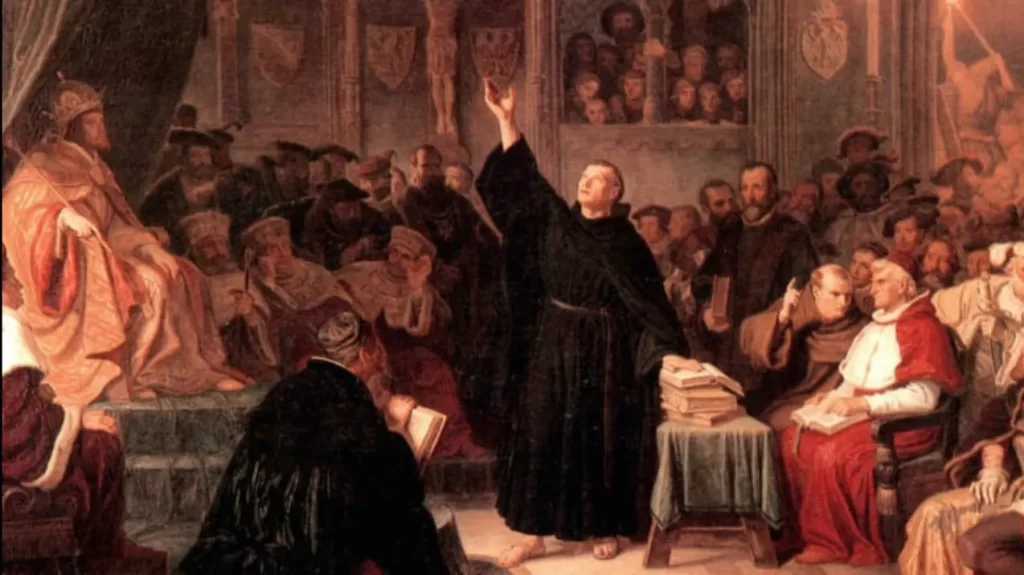
Martin Luther defending himself before Emperor Charles V and representative of the Pope at the Diet of Worms
Ulrich Zwingli
Ulrich Zwingli is the “elder statesman” of the Reformed move- ment. He operated out of Zurich, Switzerland. His successor, Heinrich Bullinger; authored the Second Helvetic Confession of 1566” (accepted by the PCUSA as a doctrinal standard along with other confessions of faith). This confession served to help resolve disagreements within the Reformed movement; be- tween Calvinists and Zwinglians.
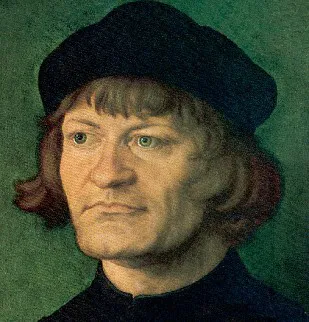
Ulrich Zwingli
John Calvin and John Knox
Calvin was originally trained as a humanist lawyer. He broke from the Roman Catholic Church around 1530. After religious tensions erupted in widespread deadly violence against Protestant Christians in France, Calvin fled to Basel, Switzerland. In 1536, Calvin was recruited by Frenchman William Farel to join the Reformation in Geneva, where he regularly preached sermons throughout the week. That same year, Calvin published the first edition of his Institutes of the Christian Religion. However, the governing council of the city resist- ed the implementation of their ideas, and both men were expelled. At the invitation of Martin Bucer, Calvin proceeded to Strasbourg, where he became the minister of a church of French refugees. He continued to support the reform movement in Geneva, Switzerland and, in 1541, he was invited back to lead the church in Geneva. Here, he taught many the Reformed faith, including John Knox. Knox carried Calvin’s teachings back to Scotland where they took root and spread into England and Northern Ireland.
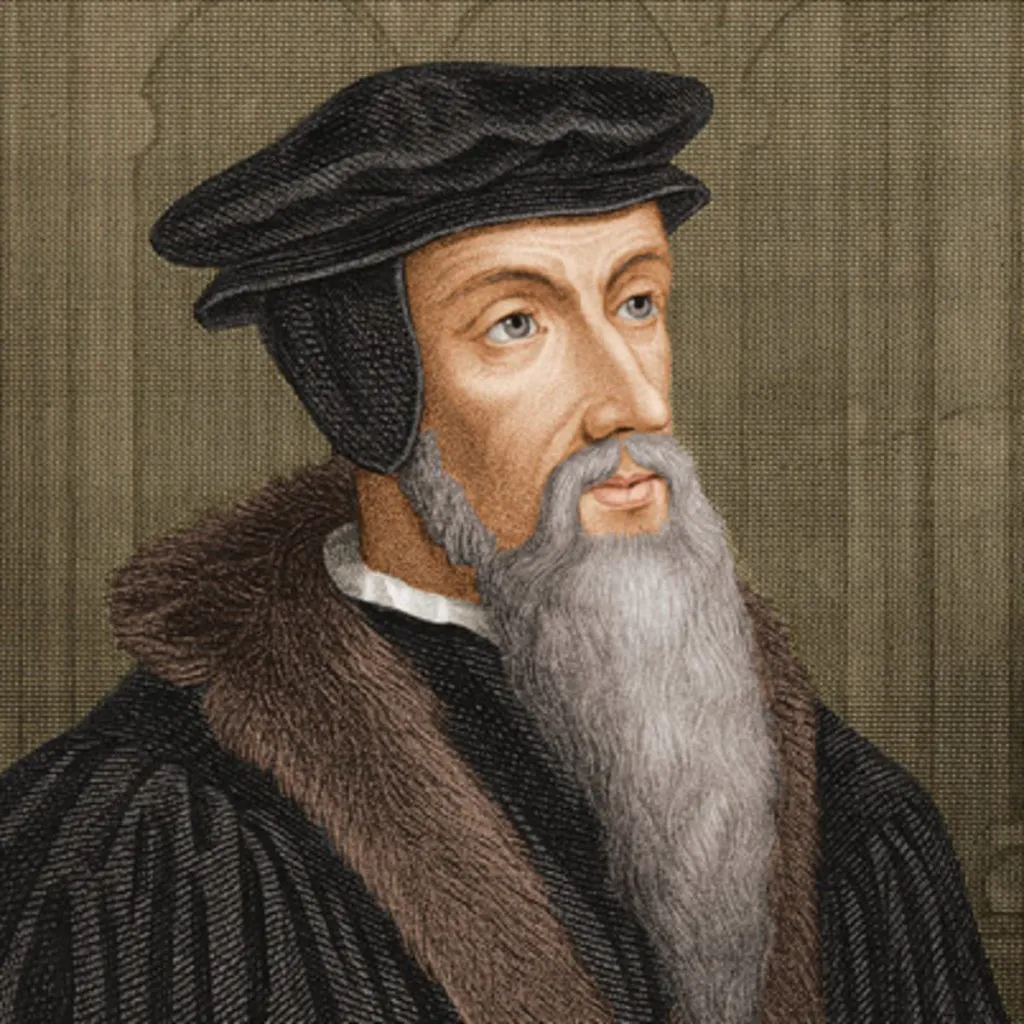
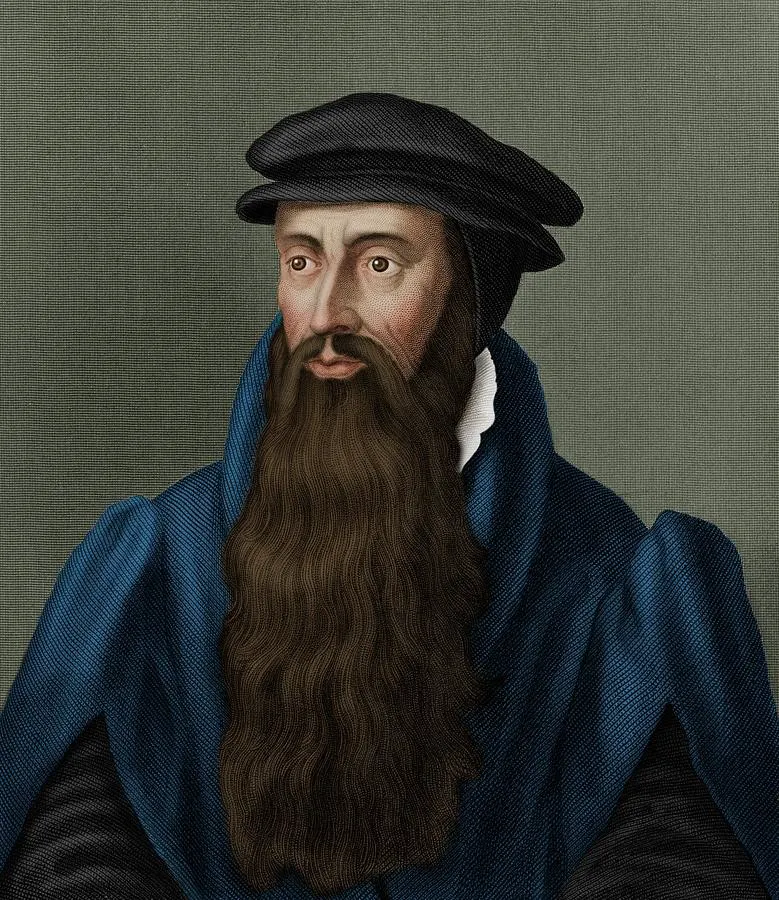
The Reformed Faith in America
With the colonization of America, the British colonies in particular, the Reformed faith made its way into America from a variety of European countries in different forms. Their influence spread from their original places of settlement to all other areas of British colonial America:
- English Congregationalists- New England
- Scottish and Scots-Irish Presbyterians- Pennsylvania, Virginia, the Carolinas, and beyond
- French Huguenots- Virginia
- Dutch Reformed- New York (New York was originally a Dutch colony)
- German Reformed- Virginia and the Carolinas
Presbyterians in America
When the American Colonies won independence from Great Britain, new lands across the Appalachian Mountains became available for settlement and many of the Reformed faith, especially Presbyterians, moved westward. As they moved westward, they took their Presbyterian/ Reformed faith with them and established congregations throughout the land, including Athens and Limestone County, Alabama.

